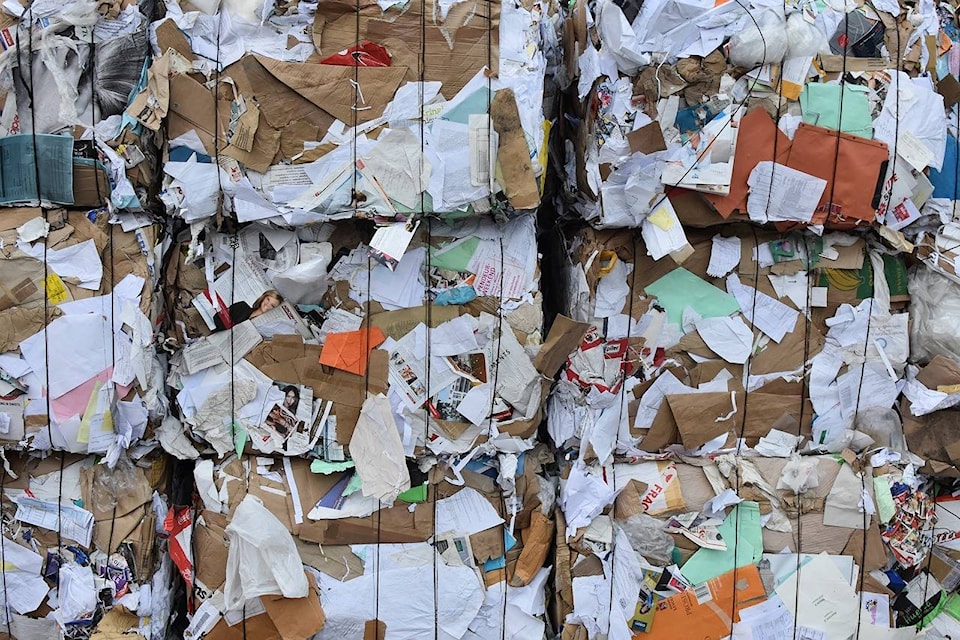Princeton landfill operators regard an enhanced recycling program introduced by the province as a positive step.
However the transition to the new regulations is proving to be troublesome.
“It’s very confusing to people,” said Mario Martins, landfill manager, adding the new rules are costing money.
“I’ve now hired somebody to monitor [it].”
The province designated 116 depots, including the Princeton landfill, to accept an expanded list of plastics for recycling.
That came into effect here last Monday, yet the way the new plastics must be sorted is a challenge.
The new program means the designated landfills now accept the following,
• Zipper lock pouches for frozen foods like prawns, berries and prepared food
• Zipper lock bags for fresh foods like grapes, berries and deli meat
• Stand-up pouches for baby food and hand soap refills
• Stand-up and zipper lock pouches for items like dried fruits, granola, sugar, oatmeal, quinoa, dish detergent pods and grated cheese
• Bags for potato chips, candy, dried pasta, coffee and cereal
• Cellophane for flowers and gift baskets
• Wrappers for cheese slices, snack bars and instant noodles
• Flexible Packaging with Plastic Seal
• Packaging for fresh pasta, pre-packaged deli meats and pre-packaged cheese
• Net bags for avocados, onions, oranges, lemons and limes
• Woven plastic bags for rice
However, those items must be sorted into different containers, and so far the signage provided by Recycle BC has not been effective.
Landfill customers can either sort their plastics at home, or separate them at the landfill, said Martins.
“They can do it on site here. We have all the necessary arrangements for them to do it and they can feel free to ask us for pamphlets.”
The new employee at the landfill “spends most of her day at that [recycling] bag,” he said.
Martins said he supports the initiative, noting that waste diversion numbers at the Princeton dump are now staggering.
“Of course the more we recycle the less we are putting into our landfill. I have seen a difference here and of course I came in right at the beginning of the big changes.”
In 2014, said Mario, between 20 and 25 per cent of material delivered to the landfill was recycled.
“Now we are recycling 75 per cent.”
Martins said the public will eventually adjust to the new opportunities and expectations.
“People just have to be patience with us,” he said.
